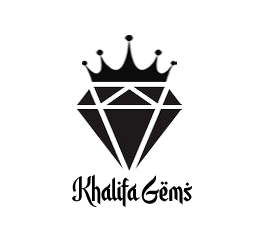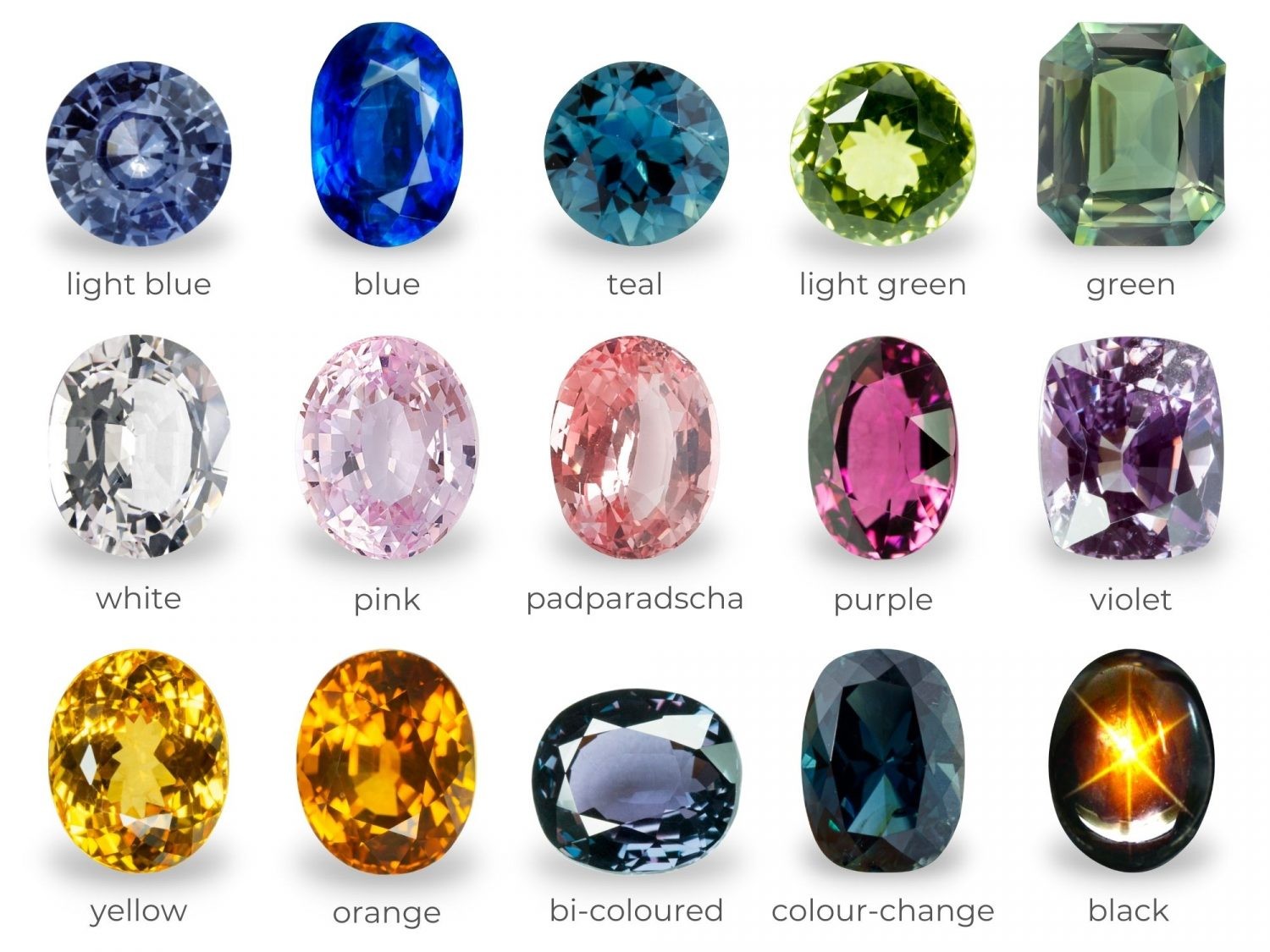Guide to sapphires
Sapphires are often associated with the colour blue. In reality, sapphires can be a wide variety of colours as they are part of the mineral variety corundum. Sapphires come in as blue, pink, green, yellow, orange, purple, colourless and black gemstones. The only colour that sapphires do not come in is red. That’s because gemstones formed from red corundum are called Rubies. It’s simply another gem variety of the same mineral. Sapphires are also durable and resist well to scratching and chipping, so they can easily be worn on a daily basis.
What causes sapphires to be different colours?
Trace elements cause differences in sapphire colour. Within each corundum crystal, there are traces of other minerals that can change the way the gemstone reflects and refracts colour.
These trace minerals are a natural part of sapphires from millions of years ago when these gems formed underneath the Earth’s crust.
For instance, chromium is responsible for pink sapphire colour. Another example is the way titanium traces result in blue sapphires.
Cost and carat
The final price of your sapphire will be determined by many factors, including colour, carat, cut, clarity, treatment and origin. A right combination of these will ensure your gem’s long-term value remains steady, perhaps even increasing in time.
Large sapphires are extremely rare and in limited supply. For this reason, carat weight will make the price of your gem increase exponentially. The price of a 10-carat sapphire is usually 20 times that of a one-carat stone.
Colour intensity
Colour is the most significant factor affecting the value of a sapphire. Colour intensity ranges from Dark to Very Light.
The most sought-after colour intensity in sapphires is Vivid. This colour can be seen due to its deep and saturated tones. Cornflower, Peacock, Royal and Velvet blues are the mostly commonly preferred due to their vivid colours. Navy Blue, Indigo and Twilight takes the second and other ranks based on the taste of collectors and individuals.
Some blue sapphires can have slightly violet or green overtones. If these secondary colours are intense and clearly visible, this may decrease the value of your sapphire. Also you should avoid the sapphires that look very light blue or grey.
Pink sapphires range from light pink to fuchsia. However, there is a fine line where a pink sapphire crosses over to red, making it a ruby. The exact colour distinction has never been officially established. In fact, it’s been a bone of contention amongst gem experts for decades! Therefore, if you’re buying a pink sapphire, it’s up to you to decide which shade you prefer.
Yellow sapphire colour can range from pale lemon yellow to intense tangerine. Some gem experts say the golden-orange toned ones are the best. But many consumers prefer a lighter yellow because they are an excellent affordable alternative to yellow diamonds.
Green sapphires can range from pale olive to dark bottle green. Most people who buy green gemstone jewellery prefer emeralds. However, green sapphires have the advantage of being harder and much more durable than emeralds.
Sapphire colours also come in monochrome tones. The gem industry refers to pure corundum as “colourless sapphire” or “white sapphire”. Some jewellers use white sapphires as accent stones in jewellery. This is because they are a genuine but affordable alternative to diamonds.
Pink-orange sapphires are called padparadscha sapphires. They can range from light peachy colour to intense yellow-pink. The word padparadscha refers to a lotus flower. These sapphires are very beautiful, but also very, very expensive and are therefore usually sold as collector’s items. The most valuable type of Padparadscha sapphire is the one with 50% orange and 50% pink colors.
Teal sapphires are a combination of enchanting blues and mesmerizing greens. The most valuable form of teal sapphires is the mermaid sapphires that are an exact 50-50 ratio of blue and green chilies, making them reminiscent of a mermaid’s scales.
There are also colour-change and bi-coloured sapphires, which are exceptionally rare. The ability to change colour when viewed under different types of light is a rare phenomenon in the world of gemstones. However, some sapphires display a bluish colour in daylight and reddish colour under electric lights. Bi-coloured sapphires display two different colours under the same lighting conditions.
As a rule of thumb, apart from red corundum (which is called ruby), blue sapphires, and colorless sapphires, all other colors in sapphires are termed as fancy sapphires. Many of these colors have proprietary names and the same color can be called differently around the world. A noteworthy fancy sapphire variation is the unique star sapphire. They exhibit a characteristic known as “asterism”. Star sapphires are cut as cabochons to display asterism.
This is a star-like light reflection inside a gem with a blue, pink, black, grey, white, purple or yellow body. While 6 rayed star sapphires are the more common variety, 12 rayed stars are rarer.
Clarity
Inclusions in sapphires are common, well accepted and often serve to indicate the origin of the stone. There are three levels of clarity:
- “Eye Clean” (EC1 – EC2) indicates that inclusions are invisible to the unaided eye. Eye clean sapphires will be more valuable due to their scarcity.
- “Visible inclusions” (VI1 – VI2) indicates that inclusions are only slightly visible to the unaided eye.
- “Included” (I1 – I2) indicates that inclusions are obvious to the unaided eye.
Cut and shape
Usually, sapphires are both brilliant and step cut. A brilliant cut ensures an even display of light reflections throughout the gem, while a step cut lends intense fire to the piece. Some sapphires may also be cabochon cut, giving them a smooth and rounded finish. Keep in mind, the quality of the cut will determine the overall price of your gemstone.
On the other hand, the shape of your sapphire will not have a direct impact on price, as this is largely a matter of personal preference. The most common shapes for sapphires are round and oval, but you may also find pear or heart shaped stones.
Treatment
Sapphires are most commonly enhanced through heat treatment. By applying heat to the gem, experts have found that both colour and clarity are greatly intensified. This is a widely accepted practice in the jewellery trade and most methods have no harmful effect on the stone’s longevity.
Heating can intensify, or even induce, a bluecoloration in sapphires. The heating can also remove “silk” inclusions, which also helps to make the material appear more transparent. It can also cause recrystallisation of the silk inclusions to make them more prominent, which allows the gemstone to have stronger asterism (a reflecting star effect).
Only the finest and rarest sapphires are unearthed in a perfect state without any need for further treatment, making them significantly more valuable. On average, an unheated sapphire can be 2.5 times more expensive than a virtually identical heated sapphire.

